Make the Sun…Set. (Blocking out the Sun)
“Make Sunsets, Inc.” who may have ‘Climate-Modelling Hysteria’ or may (more than likely) just be gold-chasers, are taking things into their own hands to Pollute the Atmosphere and Block/Blot the sun with ‘unknown’ safety tests on humans, animals, and the environment (albeit for sure causing respiratory issues), and with ‘unknown’ effects… (but they don’t care, because it’s an emergency!), are going to “save the world” from “global boiling”. I wish I was quoting a movie-script and not real life. (01) (02)
Make Sunsets, Inc. was founded in October 2022 by Luke Iseman and Andrew Song, to “create reflective clouds in the stratosphere” by releasing sulphur particles via balloons filled with helium and S02 particles, and claims that “1 gram of our clouds offsets the warming that 1 ton of CO2 emissions creates for a year”. Then after a few months to 2-3 years, the clouds compost and settle back to Earth. The balloons are supposed to rise into the stratosphere, burst and release the SO2 particles, but they admit that they have no way of knowing whether the balloons have reached the stratosphere and/or whether they have released the sulphur particles.
The chemical they are using is Sulfur Dioxide (S02) and it causes Covid-like symptoms including severe respiratory inflammation to those with asthma/copd, and is more toxic on the elderly, children, and those with respiratory issues, although you won’t find any of these known safety risks on their website. (03)
“There’s no risk of toxic exposure […]—a bong hit is worse” he said in a Time interview, whilst wearing a respirator, and then apparently having to retreat to a different room during the interview to escape the corrosive gas. #eyeroll.
“Once they get more funding—around $20-$40 million dollars, Iseman says—they can start launching SO2 from specially equipped planes, and hope to demonstrate a small cooling effect on the world’s atmosphere.” (04)
I don’t know much about Sulfur Dioxide though, so let’s have a quick search to get a brief overview:
CDC.gov > Sulfur dioxide:
Exposure to sulfur dioxide may cause irritation to the eyes, nose, and throat. Symptoms include: nasal mucus, choking, cough, and reflex bronchi constriction, and when liquid: frostbite Workers may be harmed from exposure to sulfur dioxide. The level of exposure depends upon the dose, duration, and work being done. (05)
CDC Treatment for Exposure: (06)
- There is no antidote for sulfur dioxide
- Treatment consists of support of respiratory and cardiovascular functions.
- Treat patients who have bronchospasm with aerosolized bronchodilators. The use of bronchial sensitizing agents in situations of multiple chemical exposures may pose additional risks. Consider the health of the myocardium before choosing which type of bronchodilator should be administered.
- Cardiac sensitizing agents may be appropriate; however, the use of cardiac sensitizing agents after exposure to certain chemicals may pose enhanced risk of cardiac arrhythmias (especially in the elderly).
- Patients who are comatose, hypotensive, or having seizures or cardiac arrhythmias should be treated according to advanced life support (ALS) protocols. Lots more here.
- Are any future health effects likely to occur? A single, small exposure from which a person recovers quickly is not likely to cause delayed or long-term effects. After a serious exposure, damage to the lungs can occur, causing asthma, pneumonia, and bronchitis. Permanent damage to the lungs is possible.
Sulfur dioxide (SUL-fur dye-OK-side) is a colorless gas with a sharp, harsh odor similar to that of a burning match. It can act as both an oxidizing agent and a reducing agent. An oxidizing agent is a substance that provides oxygen to other substances or provides electrons to them. A reducing agent removes oxygen from other substances or removes electrons from them. Sulfur dioxide dissolves readily in water, forming sulfurous acid (H2SO3), which is readily converted to sulfuric acid (H2SO4). (07)
- Sulfur dioxide is a very toxic gas that can be an irritant to the eyes, the respiratory system, and, in some cases, the skin. At concentrations normally found in ambient air (the typical atmospheric environment surrounding us), these effects are annoying, but not particularly dangerous.
- Such is not the case for individuals with respiratory disorders, the young, or the elderly. Such individuals may experience more serious breathing problems that require medical attention.
- Higher concentrations of the gas may cause more serious problems, such as coughing, headache, dizziness, feelings of suffocation, and nausea.
- These conditions are most likely to occur in areas where air pollution is a problem, as in urban or industrial areas. People who are constantly exposed to relatively high concentrations of sulfur dioxide (such as smelter workers) may experience more serious long-term health problems, such as asthma, chronic bronchitis, lung disease, or emphysema.
The health effects of sulfur dioxide are serious enough that the compound is not allowed as a food additive in meats and other food products that contain vitamin B1. The reason is that sulfur dioxide reacts with and destroys the vitamin. The U.S. Environmental Protection Agency (EPA) has determined that humans should not be exposed to a concentration of more than 0.030 parts per million on average throughout the year, or more than 0.14 parts per million over any one 24-hour period.
In addition to its health effects on humans, sulfur dioxide has some important consequences for the physical and biological environment.
- Those effects occur because sulfur dioxide released to the atmosphere from electricity-generating plants and factories combines with moisture in the air to form sulfuric acid.
- Sulfuric acid then falls to earth in the form of acid rain, acid snow, or some other form of acid precipitation where it damages buildings and other structures, trees and other plant life, and fish and other aquatic organisms.
- Since 1995, the EPA has sponsored a variety of control programs designed to reduce the release of sulfur dioxide into the atmosphere to prevent such problems.
American Lung Association: > Sulfur dioxide:
Sulfur dioxide causes a range of harmful effects on the lungs: (08)
American Lung Association: What Are the Health Effects of Sulfur Dioxide Pollution?
- Wheezing, shortness of breath and chest tightness and other problems, especially during exercise or physical activity. Rapid breathing during exercise helps SO2 reach the lower respiratory tract, as does breathing through the mouth.
- Long-term exposure at high levels increases respiratory symptoms and reduces the ability of the lungs to function.
- Short exposures to peak levels of SO2 in the air can make it difficult for people with asthma to breathe when they are active outdoors.
- Increased risk of hospital admissions or emergency room visits, especially among children, older adults and people with asthma.
EPA Victoria > Sulfur dioxide in the air (09)
- Sulfur dioxide (SO2) is a gas. Breathing it in can irritate your nose, throat and lungs.
- Breathing in sulfur dioxide can impact your health. When levels are high, you can experience symptoms shortly after you breathe it in.
- Symptoms include wheezing, coughing and shortness of breath. People with lung conditions like asthma are most affected by high levels of sulfur dioxide.
Make Sunsets claim their balloons work “by copying what Volcano’s have been doing for millions of years“ (10)
Here’s what Wikipedia says about Volcanos vs Man-Made copy-cats:
Wikipedia.com > Sulfur dioxide: (11)
- Air pollution
- Major volcanic eruptions have an overwhelming effect on sulfate aerosol concentrations in the years when they occur: eruptions ranking 4 or greater on the Volcanic Explosivity Index inject SO2 and water vapor directly into the stratosphere, where they react to create sulfate aerosol plumes. …
- According to the IPCC First Assessment Report, published in 1990, volcanic emissions usually amounted to around 10 million tons in 1980s, while dimethyl sulfide amounted to 40 million tons.
- Yet, by that point, the global human-caused emissions of sulfur into the atmosphere became “at least as large” as all natural emissions of sulfur-containing compounds combined:
- they were at less than 3 million tons per year in 1860,
- and then they increased to 15 million tons in 1900,
- 40 million tons in 1940
- and about 80 millions in 1980. …
- In the eastern United States, sulfate particles were estimated to account for 25% or more of all air pollution. …
- Yet, by that point, the global human-caused emissions of sulfur into the atmosphere became “at least as large” as all natural emissions of sulfur-containing compounds combined:
- Such an increase in sulfate aerosol emissions had a variety of effects. At the time, the most visible one was acid rain, caused by precipitation from clouds carrying high concentrations of sulfate aerosols in the troposphere.
- At its peak, acid rain has eliminated brook trout and some other fish species and insect life from lakes and streams in geographically sensitive areas, such as Adirondack Mountains in the United States.
- Acid rain worsens soil function as some of its microbiota is lost and heavy metals like aluminium are mobilized (spread more easily) while essential nutrients and minerals such as magnesium can leach away because of the same.
- Ultimately, plants unable to tolerate lowered pH are killed, with montane forests being some of the worst-affected ecosystems due to their regular exposure to sulfate-carrying fog at high altitudes.
- While acid rain was too dilute to affect human health directly, breathing smog or even any air with elevated sulfate concentrations is known to contribute to heart and lung conditions, including asthma and bronchitis.
- Further, this form of pollution is linked to preterm birth and low birth weight, with a study of 74,671 pregnant women in Beijing finding that every additional 100 µg/m3 of SO2 in the air reduced infants’ weight by 7.3 g, making it and other forms of air pollution the largest attributable risk factor for low birth weight ever observed.
(note: I don’t deny taking care of our planet, I deny corruption, globalists, and corporations hijacking, fooling, and recruiting those who do care for the planet to do the bidding of their own agenda’s)
After watching a video with them (obviously a promo), I thought maybe they had just drunk the narrative-Kool-Aid, i.e. going cross-eyed in their minds with too much media and climate modelling. But after looking at their website and seeing their deliberate denial i.e. no mention of what I found in a few short minutes of searching for information, there’s just no way to believe that they don’t know about the risks to human health, animal life, and the environment; it literally fills the first page in search engine results, and they are deliberately choosing not to address that on their website and instead are going for the gold, of which there are unlimited climate grants right now, which seem particularly biased towards funding those with “2-for-1” strategies… i.e. if their climate-solutions also help to wipe out useless eaters. (12)
They say it will “only” harm 1 in 100 lol, and their evidence is a YouTube video from a Harvard “Professor of Public Policy“ (13)
In answer to how it might affect crops, they linked to this Harvard paper stating it “increases yields”, but the paper they linked to uses modelling and simulations, and admits they don’t know. (14)
ClimateViewer.com has a post on Make Sunsets where he links to documents and talks about their Rogue Geoengineering Experiments which were banned in Mexico. (15)
ClimateViewer was also the first one to find the Make Sunset contract from the National Oceanic and Atmospheric Administration (NOAA) where it shows no safety studies done and their 2 word mission: “Cooling Earth”
Full-Size Image | Original PDF on NOAA.gov
Maria Zeee (Citizen Journalist in Australia) also did a piece on this contract as well as the Make Sunsets website and additionally found another NOAA document called the NOAA ‘Omics Strategic Plan 2021-2025.
I would suggest fast forwarding the first few minutes and sticking with it. I was going to edit it down to be more bite-size for the time-poor, but I’m not going to now. Start at timestamp: 3min 27secs for the Make Sunsets contract and approx 26min mark for the NOAA Strategic Plan:
“Omics describes a suite of cutting-edge tools used to analyze DNA, RNA, proteins, or metabolites. […] benefiting public health, medicine, agriculture, and conservation. For NOAA, techniques such as high-throughput DNA sequencing and subsequent bioinformatics analyses can be harnessed to benefit a myriad of national priorities including fisheries management, aquaculture development, food and water safety, species and habitat conservation, seafood consumer protection, biodiversity monitoring, and natural products discovery. Continued investment in ‘omics within NOAA will aid operational efficiency, ecosystem assessments and forecasts, and the US Blue Economy (bioeconomy)”
[…] “NOAA’s ‘omics vision aims to integrate modern ‘omics technologies across the agency, transforming its approach to biological investigation and accelerating sustainable management of ecosystem resources for the benefit of people, communities, and economies” […] “. The intent is to implement the ‘Omics Strategy in conjunction with the strategies for Uncrewed Systems, Artificial Intelligence, Data, Cloud Computing, and Citizen Science to accelerate the advancement of these emerging areas in a coordinated fashion across the agency” (16)
- Paul Ehrlich wants us dead
- Make the Sun…Set. (Blocking out the Sun)
- Best Geoengineering Links
- Hawaii “Build Back Better” Shenanigans
- [ICIC] Former UN Exec. Director & Club of Rome member explains Global Takeover [Dec 2022 | Jan 2023]
- The Great Awakening [Documentary]
- Free Books to Recruit (Brainwash) Your Children into Life-long Pharma Slavery!
- Why we need to stick together
- Wind Farms Con
- NBIC (Converging Humans with Tech) Links
- David Rockefeller – A Brief Timeline
- David Rockefeller (C-SPAN Clips)
- MEP Mislav Kolakušić – Nature Restoration (Citizen Starvation) Law
- Harris says the quiet part out loud…
- The Sequel to the Fall of the Cabal [Documentary]
- “The Climate Clock”
- WEF want us dead
- Whenever something is presented as “The Science” as a “consensus”, it is a scam.
- Vaccine/EMF-enabled Mind-Control [Hypothesis & Refs]
- Covid Mismanagement [Senator Roberts]

Site Notifications/Chat:
- Telegram Post Updates @JourneyToABetterLife (channel)
- Telegram Chatroom @JourneyBetterLifeCHAT (say hi / share info)
- Gettr Post Updates @chesaus (like fakebook)
Videos:
References


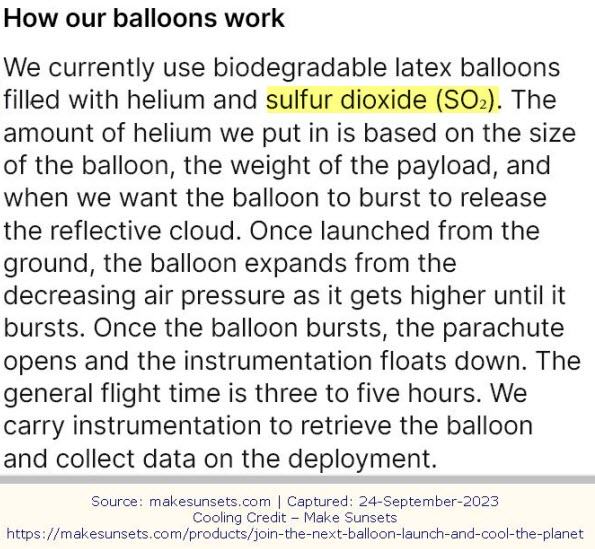
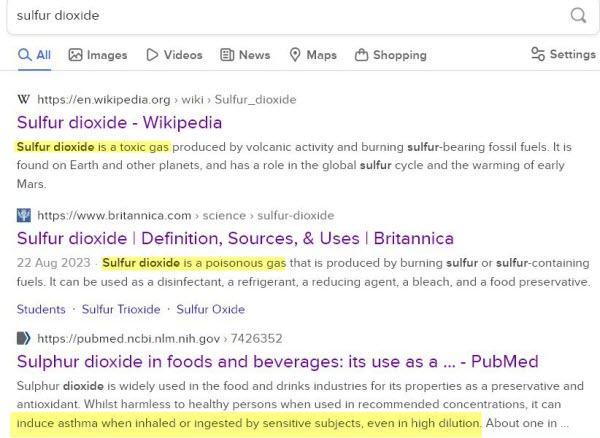
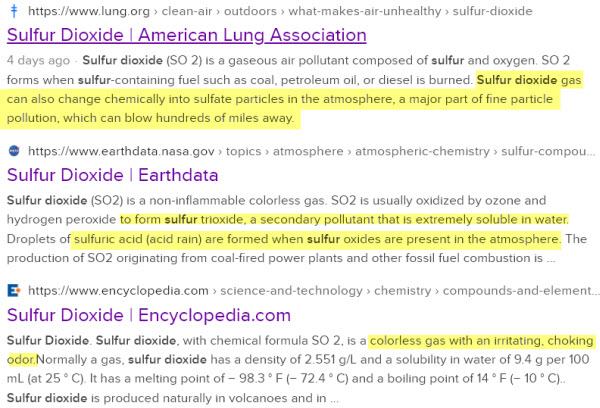
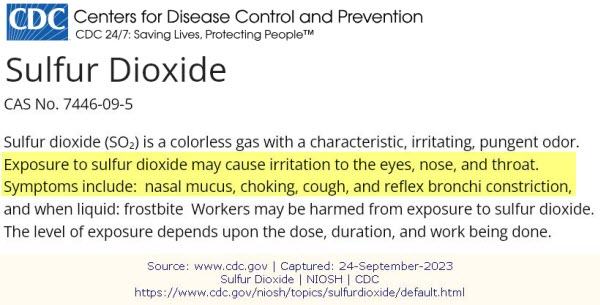
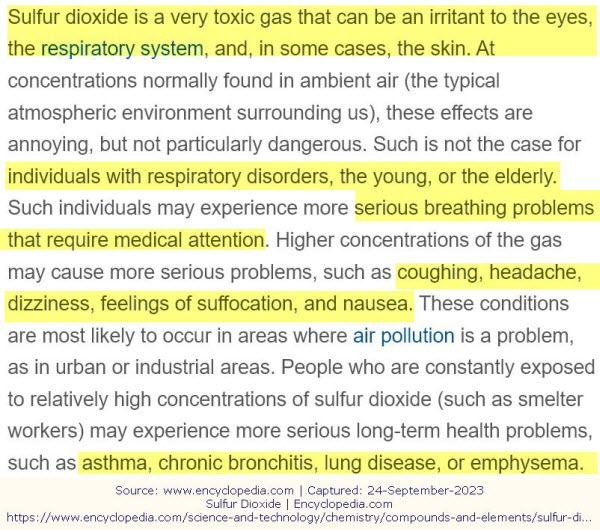
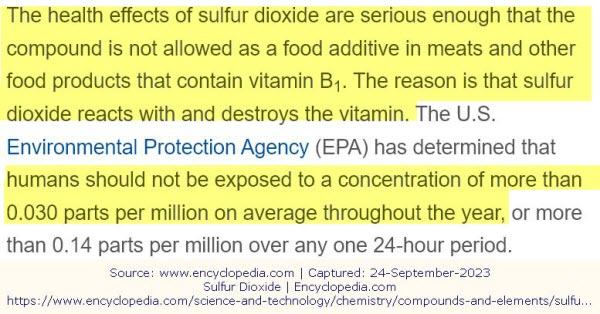
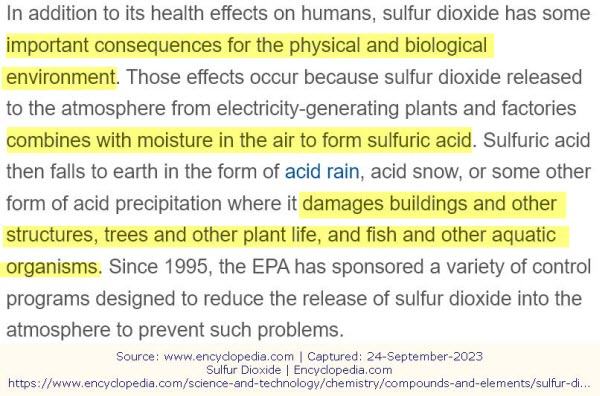
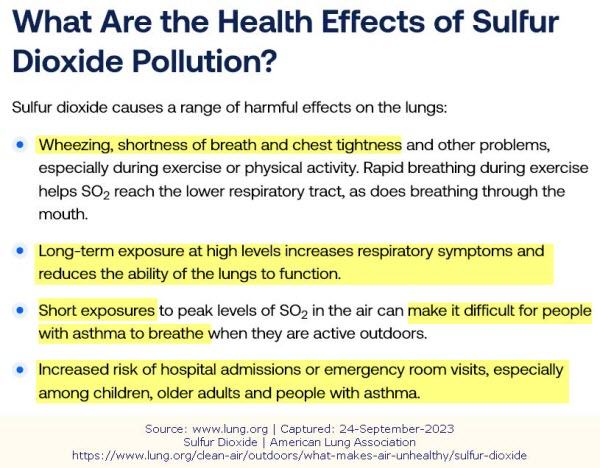
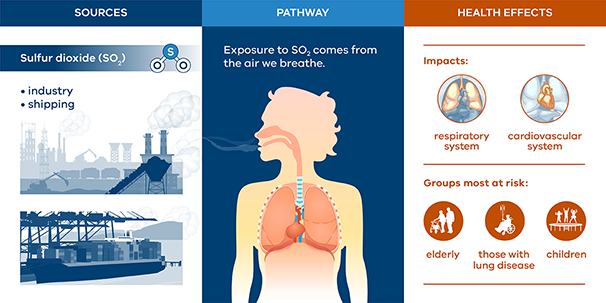
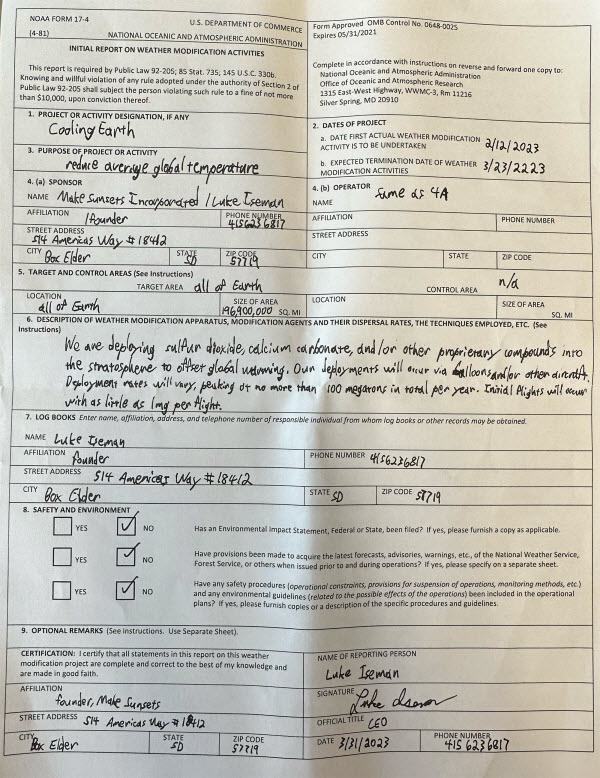
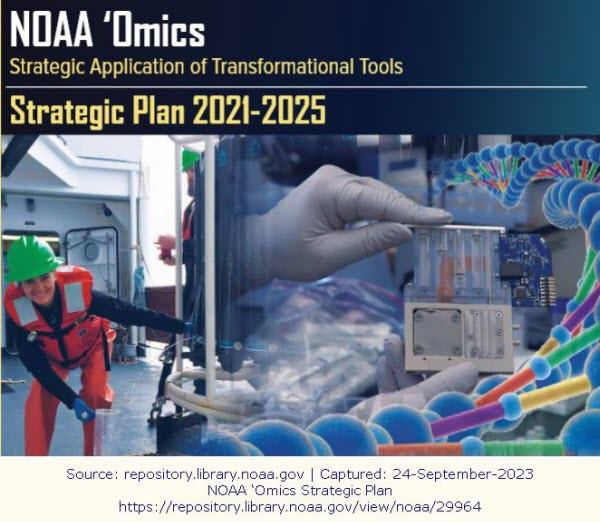


![[USA] Vials effect on Blood (Dr Richard Fleming)](https://pennybutler.com/wp-content/uploads/2022/04/fleming-janssen-drop-6-777x437.jpg)

